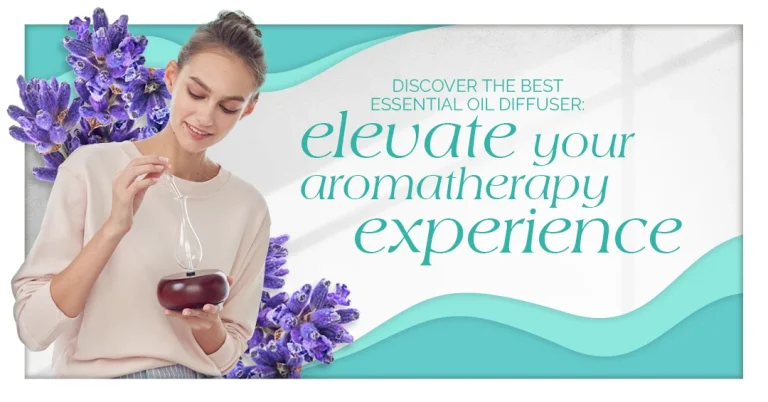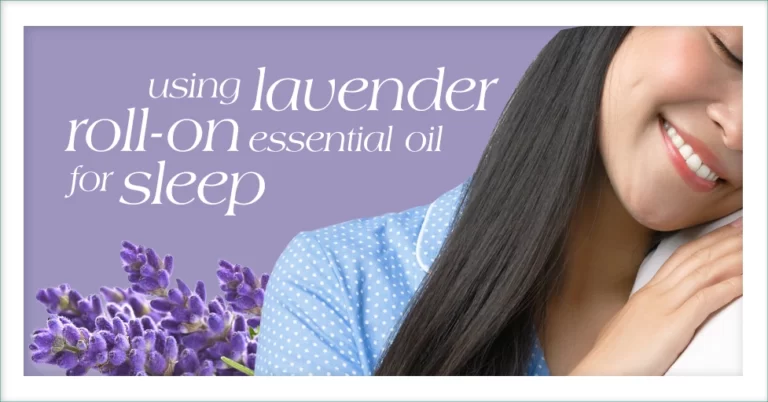The Science of Aromatherapy: Ch. 1 Neurocircuitry of Smell
Neurocircuitry of Smell
The sense of smell, or what is referred to in the scientific world as olfaction, is quite unique in its neurocircuitry. Odorant molecules start by binding to specialized olfactory receptors on olfactory receptor cells, of which there are millions. Interestingly, despite the various combinations of smells that our olfactory system can sense, humans only encode ~400 unique olfactory receptor types. You’re probably wondering, then, how this is possible. Well, smell is a combinatorial code of various olfactory receptor neurons being activated. So when you smell the brisk and energizing scent of peppermint essential oil, many different types of olfactory receptor neurons are firing to form a complex code that is sent through the olfactory nerve to the olfactory bulb. From the olfactory bulb information is routed to the piriform cortex, amygdala, hypothalamus, hippocampus and other limbic system structures through the olfactory tract. It’s due to the structural connections between the olfactory system and the brains limbic system that our perception of smell is intimately entangled with our experience of an emotion.
The Limbic System

As a neuroscientist with an expertise in psychiatric illnesses, I’d argue that the limbic system is one of the most beautiful circuits in the brain. It’s due to the psychological faculties regulated by these structures that it’s commonly referred to as the brains seat of emotion. Without getting too much into human neuroanatomy, let’s look at some of the major brain areas in this circuit.
The amygdala is our brains integrative center for emotions, emotional behavior, and motivation. Many behavioural neuroscientists that study the amygdala have focused on its role in fear and fear memory. Interestingly, studies suggest that odorants have the potential to trigger the recollection of strong emotional memories, the experience of which correlated with elevated activity in limbic brain structures, such as the amygdala. These odorants can lead to the recollection of both positive and negative experiences. It really depends on the memory that was encoded while the scent served as a contextual cue.
What is a Contextual Cue?
An example of contextual cues is as follows; have you ever had that experience where you have a thought to get something in another room but once you arrive in that new location you completely forgot what exactly that thing was? You then return back to the place where you had the initial thought and you now remember exactly what you needed? That’s a perfect example of context depending encoding and retrieval. Contextual encoding happens because of the spatial and memory consolidation properties of our hippocampus. In the case of emotional memories, the amygdala and hippocampus have a strong connection together. As such, the odorant serves as a contextual cue for the retrieval of the memory, the circuit is then activated and you re-experience an emotional state. Let’s do a bit of introspection, grab a notepad and write down 5 of your favourite aromas. Now write down a positive experience that you had that may have been paired with the smell and potentially explain why you like it. I’m sure that you’ve just discovered something that you never even knew about yourself.
Let’s look at one more important brain structure in this circuit, despite there being many more. The hypothalamus is involved in motivational behaviours and homeostasis (balance). It’s the part of our brain that regulates the hormones released from our pituitary gland. Motivational behaviours regulated by the hypothalamus include food intake, maternal behavioural, sexual behaviour, social behaviour, aggression and other simple behaviours. As for homeostasis, I think this is a great place to end our post and leave you in suspense as to the grand balancing act that the hypothalamus is well known for. I’ll give you a clue; it has a lot to do with our least favourite six letter word, STRESS.
By Daniel Michaels, HBSc, PhD(c)





I have a question. Is there a real human here who can get back to me?
absolutely fascinating ! Essential oils can change your whole mind and body.
Informative article!
Good article, but it would be better in laymen’s terms.
Excellent article, Dr Almeida. I’m excited to read more!
This is very true; a certain scent brings back a childhood memory. I don’t recognize the scent and I am not able to reproduce or describe the scent. However, every blue moon when I come across the scent, I remember again.
oh. this looks awesome!!
Wow, very interesting!
I’m excited about this new series and learning new things or remembering what I already know but may have forgotten. Thank you! 🙂
Excellent read, looking forward to more in this new line of articles!
Very informative and useful article, thanks!
I would love to help my mum destress by getting her one of your diffusers ! Interesting article 🙂
This was a very interesting article to read.
Are there certain essential oils that are extra nurturing to the amygdala? Learning from you about the odorant encoding processes, I’m curious as to whether you can use an essential oil diffuser during distressing memory recall, (such as EMDR) or even during Cognitive Behavioral Therapy to re-encode a negative experience into a neutral or positive one. As someone with a history of panic attacks, (dumb) the thought of another token in my arsenal to recovery through scent is rather exciting. Fantastic information, Dr. Almeida!
Wonderful information!!
Very interesting read.
Thank you for all the amazing information.
Love this nebuliser. Essential oils are not watered down or destroyed by heat. Beautiful design that looks great in my home.
Interesting article! Everything you need to know to try aromatherapy.
For anyone struggling with health issues, give essential oils a try. Your going to find something positive in the experience!
I wish my olfactory system was stronger! But at night there is more humidity in the air and that is the only time I can really smell what is around me.This is helpful to hear that I might be able to remember where I left my keys if I use this diffuser!
Essential Oils has changed me forever!!! xoxo from Indiana
loved the part about contextual cues!
Love Organic Aromas! Looking forward to seeing the new products!!
Watched Sophie uliano on YouTube and she recommended your nebulizer I then looked at reviews on it so I purchased one and I agree it’s the best!!! It’s a gorgeous bottle, the light it gives off is not like other diffusers, it is so gentle and very beautiful, I actually prefer it with the light and diffuse colours, it is a conversation peice and everyone comments on the aroma and the nebulizer bottle And the aroma is far better than a diffuser, hands down the best I’ve seen, and I wouldn’t be saying so if I absolutely didn’t love this, this is truly a beautiful gift to give to those who love essential oils. Love love love it!!!
Organic aromas had the best diffusers around! There’s nothing better and their oils are heavenly!
I am a big believer in essential oils. I bought my first nebulisor from Organic Aroomas. Bought a second one to have on hand. Everyone that comes over falls in love with it. Several have run out to purchase one for themselves.
The articles that you post are so informative and useful.
Looking forward to seeing your new line of products .
Thank you for being such a great company to do business with.
Warmest wishes to all
Sandy
Great article. We use essential oils in our products AND we also use them around the office to keep us well and well-balanced.
Love the info thanks.
Love using essential oils!
Love the article and the fact that I can get such a great education from your website! So glad I found your company!!
I would love to try using aromatherapy for reducing stress and anxiety in the work place.
Such an interesting article. I had no clue that there are 400 unique olfactory receptor types in the nose. So cool.
Great information! Very interesting.
Very informative and learned alot
I never heard that the amygdala is our brains integrative center for emotions, emotional behavior, and motivation. I never heard of a lot of this, many new words and a lot of new knowledge.
I have a few co-workers who presently use aromatherapy for reducing stress and anxiety in the work place. After reading this, I’m ready!
I would like to try using aromatherapy for reducing stress and anxiety in the work place.
I have noticed that aromas have an affect on my mood!
Thank you for this article, its always nice to learn anything new about oils. I use them daily and still can’t ever run out of things to learn.
I love reading about aromatherapy and how it affects the body!
Love how interesting this is, thank you for the information. 🙂
Great informations. Thank you for the post.
Great information. Love learning new things.
Great information I love use aromatherapy
Thank you for this post. The more I read and try to understand the effect of essential oils on our brain the more fascinated I become.
One of the more interesting blogs on the net.
Wow …. I am going to read this again and again….. so it sticks. Love this article.